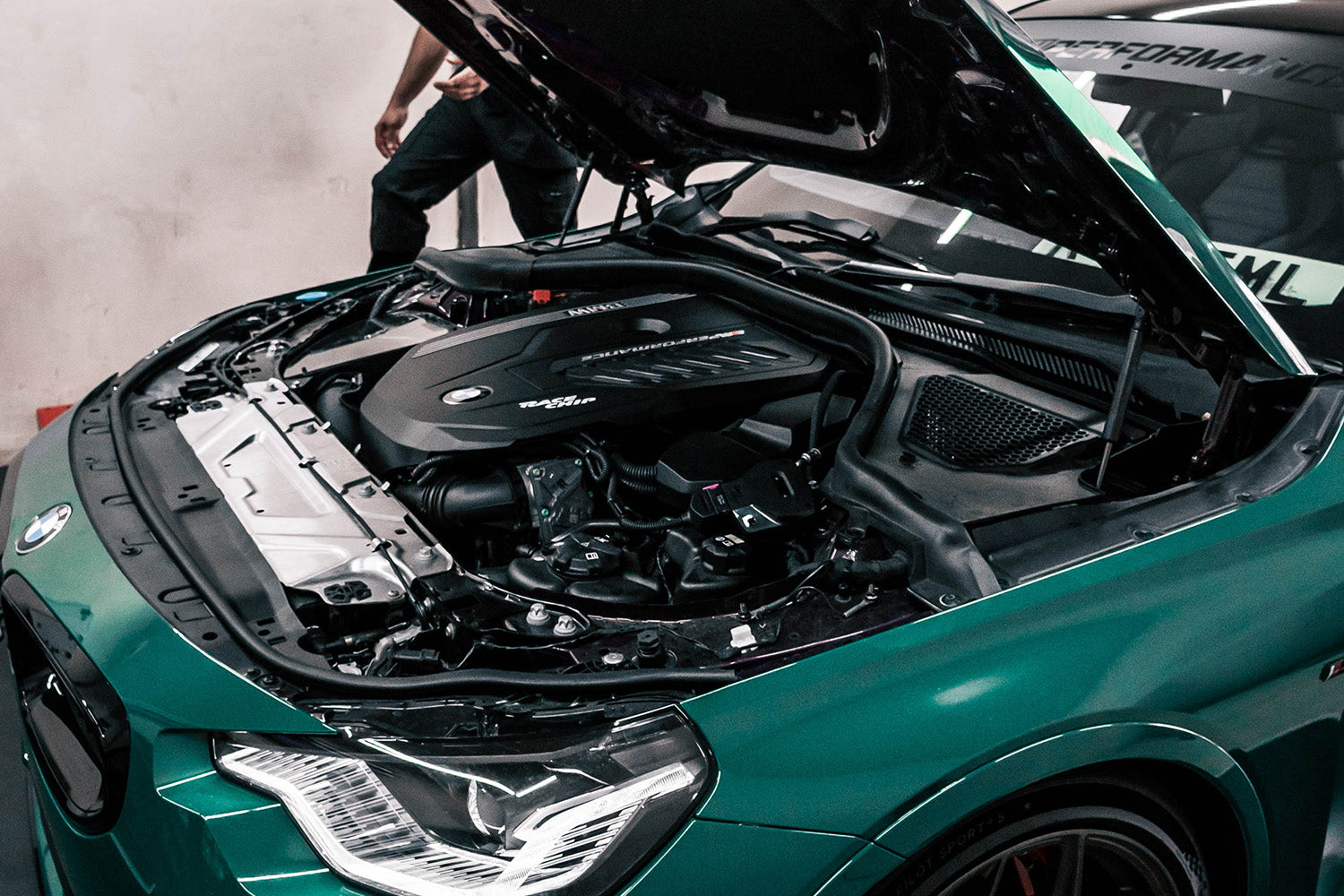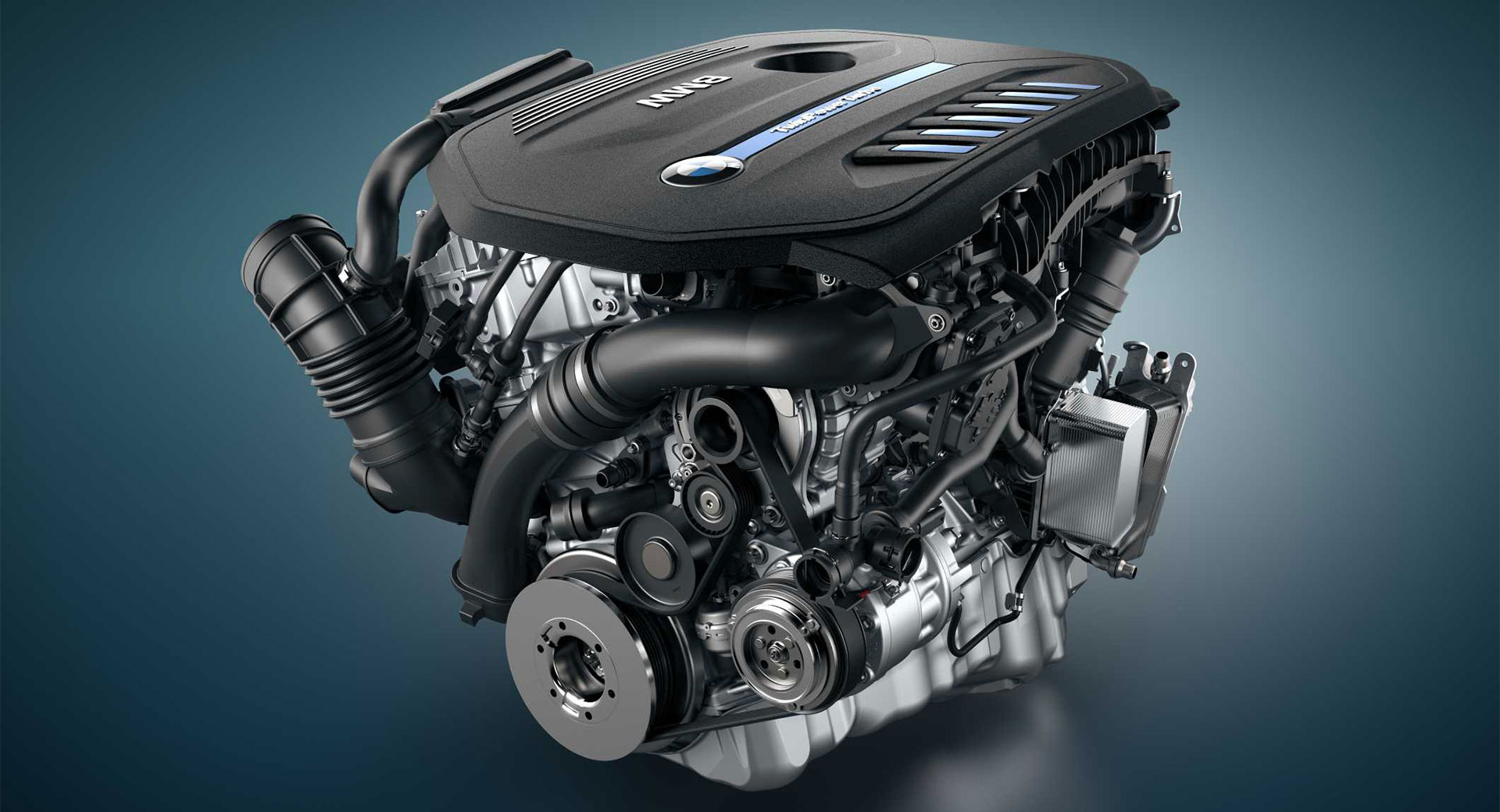A Comprehensive Overview to Understanding BMW Engine Specifications
A Comprehensive Overview to Understanding BMW Engine Specifications
Blog Article
Exploring the Evolution of Combustion Engines in Modern Transportation Solutions
As we navigate the landscape of modern transport, the advancement of burning engines stands as a testimony to human resourcefulness and design expertise. From their simple beginnings to the sophisticated powerhouses pushing automobiles today, combustion engines have gone through an amazing journey of development and adaptation. Understanding the complexities of this development not only clarifies the past but also leads the means for imagining what exists ahead in the realm of transportation innovation. The interplay of background, modern technology, and ecological worries in shaping the trajectory of combustion engines develops a story that is both engaging and informative.
Early Beginnings of Combustion Engines
Just how did the idea of combustion engines initial emerge in the beginning of transportation growth? The origins of combustion engines can be mapped back to the 17th century when the principles of inner combustion were initial checked out. In 1673, Christian Huygens conceptualized a standard interior burning engine that utilized gunpowder to generate power. Nevertheless, it wasn't up until the late 19th century that practical applications of burning engines in transportation began to arise.
The development minute came with the creation of the very first effective gasoline-powered engine by Karl Benz in 1885 - bmw engine. This engine paved the method for the growth of the modern-day vehicle, reinventing transport systems worldwide. Subsequent advancements by Nikolaus Otto and Gottlieb Daimler better refined burning engine modern technology, resulting in the automation of autos and the rapid expansion of the transportation market
These very early combustion engines were defined by their simplicity and performance, laying the foundation for the facility and effective engines made use of in contemporary transport systems. The advancement of burning engines has actually contributed in shaping the method we travel and move goods, marking a considerable landmark in the background of transportation growth.
Shift to Internal Burning Innovation
The change to inner combustion innovation noted a pivotal shift in the evolution of transport systems. This change started in the late 19th century, with inventors like Nikolaus Otto and Gottlieb Daimler establishing the initial successful interior combustion engines. These engines reinvented transport by supplying a more efficient and effective option to heavy steam engines and electrical motors.
Among the crucial benefits of inner combustion engines was their capacity to be reduced to fit right into lorries, resulting in the growth of motorcycles and cars. This change from bulky, fixed engines to compact, mobile ones paved the means for the modern-day transportation systems we see today.
The transition to interior combustion technology also spurred innovations in gas technology, bring about the growth of fuel and diesel as key gas sources for automobiles. This shift not only made transportation much more easily accessible to the masses yet also laid the structure for the oil and gas market to end up being essential to international economies.
Impact of Combustion Engines on Transportation
The fostering of burning engines in transport systems catalyzed an extensive shift in the effectiveness and rate of worldwide flexibility. Combustion engines reinvented transport by supplying a trusted and versatile resource of power for different automobiles, including cars, ships, vehicles, and aircrafts. This advancement dramatically enhanced the capability for goods and people to move over fars away in much shorter period, bring about boosted connectivity between regions and nations.
In addition, the extensive usage of burning engines has actually had a substantial influence on financial development. The ability to transport goods successfully has actually stimulated profession and commerce, permitting services to expand their markets and reach consumers worldwide. This has assisted in economic growth and globalization, as items can now be carried quicker and in larger quantities than ever previously.
Nevertheless, the ecological effect of burning engines can not be neglected. The burning of nonrenewable fuel sources has actually led to air contamination and greenhouse gas discharges, adding to climate modification and presenting health risks to populaces. bmw engine. As an outcome, there is an expanding focus on developing different propulsion innovations to alleviate these negative impacts and create a more lasting future for transportation
Developments in Combustion Engine Style
Various advancements in burning engine design have thrust the evolution of transportation systems over the decades. One notable technology is the advancement of turbocharged engines, which make use of exhaust gases to drive a generator that compresses inbound air, enabling even more fuel to be burned, leading to increased power result without a considerable increase in engine dimension. In addition, straight injection technology has actually enhanced gas performance and performance by specifically managing the quantity and timing of gas infused right into the combustion chamber. Variable valve timing systems have additionally changed engine style by maximizing air movement at various engine speeds, improving both power and performance. One more significant improvement is the integration of light-weight products such as carbon fiber and aluminum alloys, reducing general engine weight and enhancing vehicle gas economy. Advancements in computer-aided layout Discover More have actually enabled engineers to maximize engine efficiency and performance via simulations before physical models are constructed, conserving time and resources in the growth procedure. These innovations jointly add to the continual renovation of burning engines in modern transport systems.
Future Patterns in Combustion Engine Development
With innovation developments driving continual development, the future of combustion engine advancement is positioned to transform transportation systems internationally. One of the crucial trends in combustion engine growth is the push in the direction of higher performance and minimized emissions.
One more noticeable pattern is the fostering of crossbreed technologies in burning engines. Hybrid engines incorporate conventional combustion innovation her explanation with electrical power, offering enhanced fuel performance and lower exhausts. As the auto industry shifts in the direction of electrification, crossbreed combustion engines are viewed as a transitional solution that connects the gap between conventional automobiles and totally electric ones.
Moreover, the integration of wise innovations, such as synthetic intelligence and information analytics, is expected to play a significant duty in the future of burning engine growth. These innovations can optimize engine performance in real-time, bring about a lot more efficient combustion procedures and enhanced general lorry performance. Accepting these future trends will not just drive innovation in combustion engine development yet also add to a much more sustainable and eco-friendly transportation ecosystem.

Final Thought
To conclude, the evolution of combustion engines in modern-day transportation systems has been noted by significant improvements in modern technology and design. From the early beginnings of burning engines to the change to inner combustion innovation, these engines have had an extensive influence on transport. Advancements in combustion engine design proceed to drive progress in this field, with future trends concentrating on more boosting effectiveness and decreasing emissions. this website The future of combustion engines in transportation looks encouraging as research study and advancement efforts continue to push limits.
The origins of burning engines can be traced back to the 17th century when the concepts of internal burning were very first explored. These engines transformed transportation by providing an extra efficient and powerful option to heavy steam engines and electrical motors.

Report this page